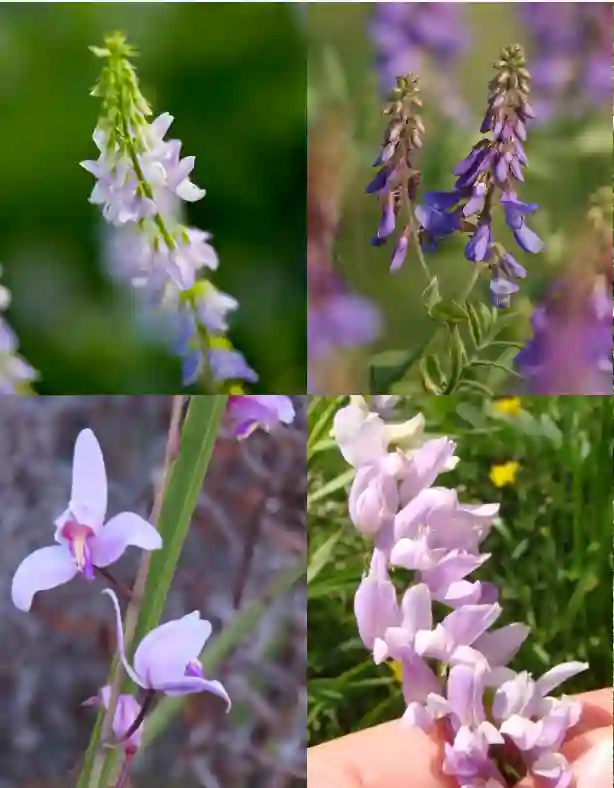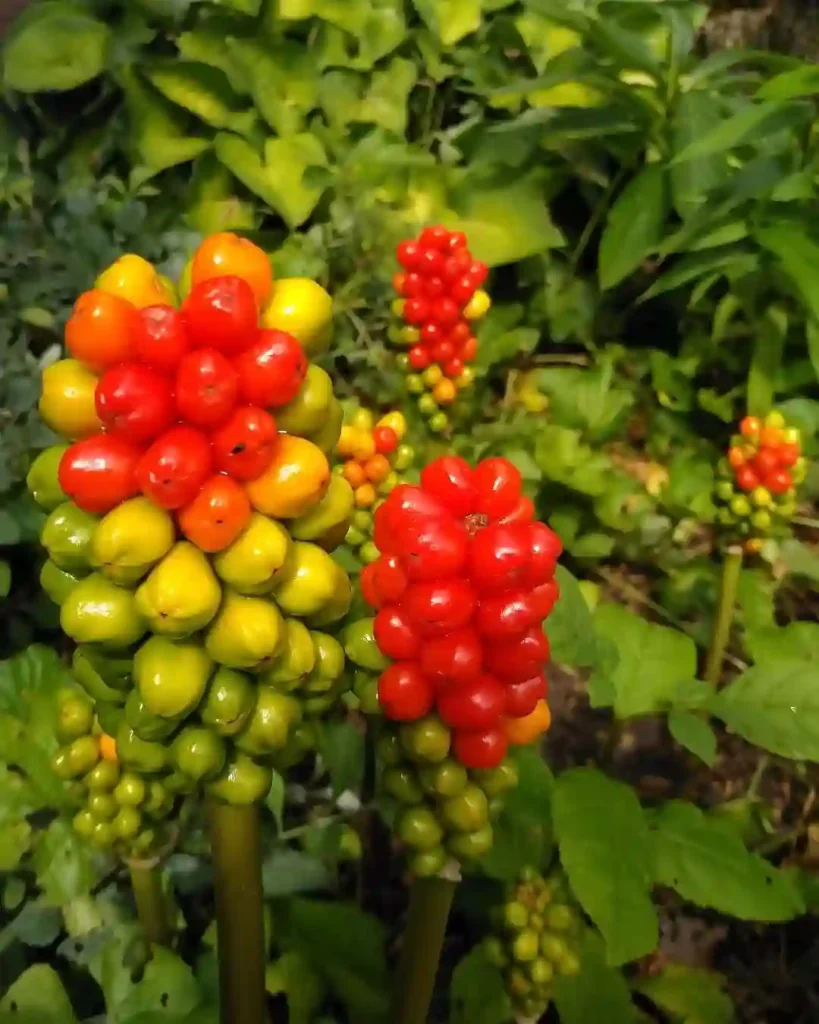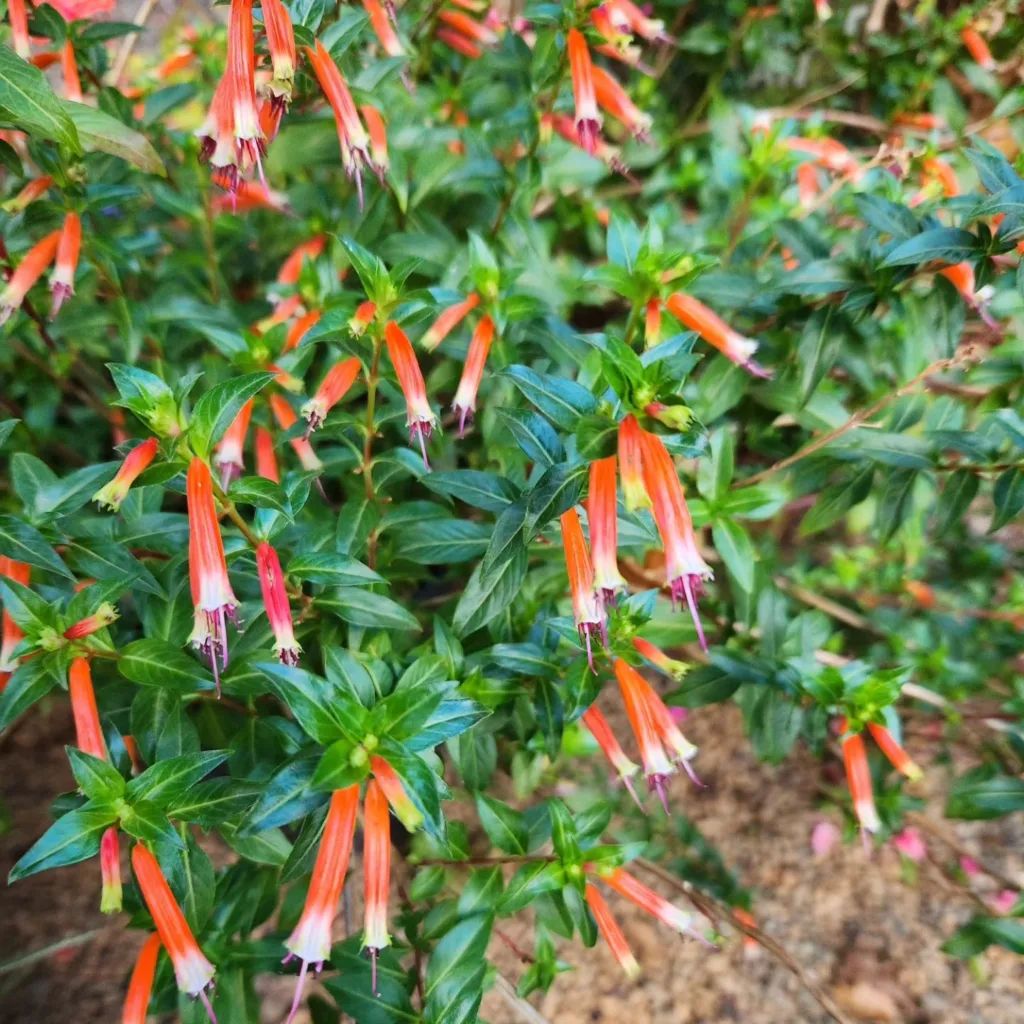
The Enduring Beauty of Geranium Sanguineum: A Gardener’s Guide
As someone who thrives on adding splashes of color to my garden, the Geranium sanguineum, or Bloody Cranesbill, has become a fast favorite. This perennial boasts stunning pink blooms with crimson veins, and its deeply lobed, green foliage transforms into a fiery red come fall. But beyond its aesthetics, Geranium sanguineum is a remarkably low-maintenance plant, making it perfect for busy gardeners like myself. Over the years, I’ve learned a few key things about caring for this little gem, and I’m excited to share them with you!
362 Species in Genus Geranium
How to Care for Geranium sanguineum striatum after Winter?
Since Geranium sanguineum is a herbaceous perennial, it dies back to the ground in the winter. Fear not, though! Come spring, vibrant new growth will emerge from the crown. Here’s how I ensure a smooth transition:
- Clear the Debris: In late winter or early spring, gently remove any dead leaves or debris that might be matted around the crown. This allows for better air circulation and prevents the development of diseases.
- Light Pruning (Optional): If the previous season’s growth looks a bit straggly, you can give it a light prune to encourage bushier growth. Just be sure not to cut back too much, as new flower buds might be present.
How to Deadhead Geranium sanguineum?
Deadheading, or removing spent flowers, is a great way to encourage your Geranium sanguineum to bloom for a longer period. It also helps to maintain a neat and tidy appearance in your garden. Here’s how I do it:
- Snip it Off: Simply use sharp pruners or shears to snip off the spent flower head just below the base of the flower stalk. Don’t worry about being too precise; a clean cut anywhere on the stalk will do.
- Repeat Regularly: For a continuous display of blooms, deadhead your Geranium sanguineum regularly throughout the flowering season. This will signal to the plant to focus its energy on producing new flowers instead of setting seed.
How to Plant Geranium sanguineum?
Adding Geranium sanguineum to your garden is a breeze! Here’s what you need to know:
- Timing: The best time to plant is either in spring or fall when the temperatures are mild.
- Location: Geranium sanguineum thrives in full sun to partial shade. Consider a location that receives at least 6 hours of direct sunlight daily.
- Soil: They prefer well-drained soil. If your soil is heavy clay, amend it with some compost or sand to improve drainage.
- Planting Process: Dig a hole that’s twice the size of the plant’s root ball. Place the Geranium sanguineum in the hole and gently fill it back with soil, ensuring the crown sits at ground level. Water thoroughly to settle the soil.
How to Propagate Geranium sanguineum?
Geranium sanguineum is a prolific grower and can be easily propagated, allowing you to expand your floral display or share with fellow gardening enthusiasts. Here are two effective methods:
- Division: This method works best in spring or fall. Carefully dig up the mature Geranium sanguineum plant and use a sharp knife or spade to divide it into several sections, each with a healthy amount of roots and foliage. Replant the divisions in their new locations and water well.
- Cuttings: Take cuttings in late spring or early summer. Select healthy, non-flowering stems that are about 4-6 inches long. Remove the lower leaves and dip the cut end in rooting hormone (optional). Plant the cuttings in pots filled with a well-draining potting mix. Keep the soil moist and provide indirect sunlight. Roots should develop within a few weeks.
How to Prune Geranium sanguineum?
While Geranium sanguineum doesn’t require heavy pruning, there are times when a little trim might be necessary.
- Heavy Deadheading: If you’ve neglected deadheading throughout the season, you might consider a more substantial pruning after the flowering period is over. Cut back the stems by about one-third to encourage fresh, new growth for the following year.
Why Don’t Bees Like Geranium sanguineum?
While Geranium sanguineum boasts vibrant flowers, they aren’t particularly attractive to bees. This is because the nectar produced by these flowers is hidden deep inside the narrow flower tubes. Bees, with their short tongues, can’t reach the nectar efficiently, making Geranium sanguineum a less desirable source of food for them.
What to Plant with Geranium Sanguineum?
Geranium sanguineum’s long bloom time and low-maintenance nature make it a versatile companion plant for a variety of other flowering perennials and ornamental grasses. Here are some ideas for creating a stunning combination in your garden:
- For a Show of Color: Pair your Geranium sanguineum with vibrant perennials that bloom in contrasting colors. Yellow Yarrow (Achillea millefolium) or blue Catmint (Nepeta x faassenii) would create a striking visual contrast.
- Textural Harmony: Consider incorporating ornamental grasses for a textural contrast. Feathery Calamagrostis or swaying Panicum virgatum would add a touch of movement and elegance to the planting.
- Low-Maintenance Companions: Surround your Geranium sanguineum with other low-maintenance perennials for a hassle-free display. Salvia nemorosa (Russian Sage) with its spiky purple blooms or Geranium x cantabrigiense (Biokovo) with its soft blue flowers would be perfect choices.
Additional Tips for Growing Geranium Sanguineum
- Mulch: Apply a layer of mulch around the base of your Geranium sanguineum in early spring. This helps retain moisture, suppress weeds, and regulate soil temperature.
- Watering: While Geranium sanguineum is drought tolerant once established, it will benefit from regular watering during prolonged dry spells. Aim to keep the soil consistently moist, but not soggy.
- Pests and Diseases: Geranium sanguineum is generally pest and disease resistant. However, keep an eye out for common garden pests like slugs and snails, which can munch on the leaves.
By following these simple tips, you can enjoy the beauty and ease of Geranium sanguineum in your garden for years to come. This delightful perennial is sure to add a touch of charm and color to your outdoor space, requiring minimal effort on your part. So, happy planting!
If i die, water my plants!



